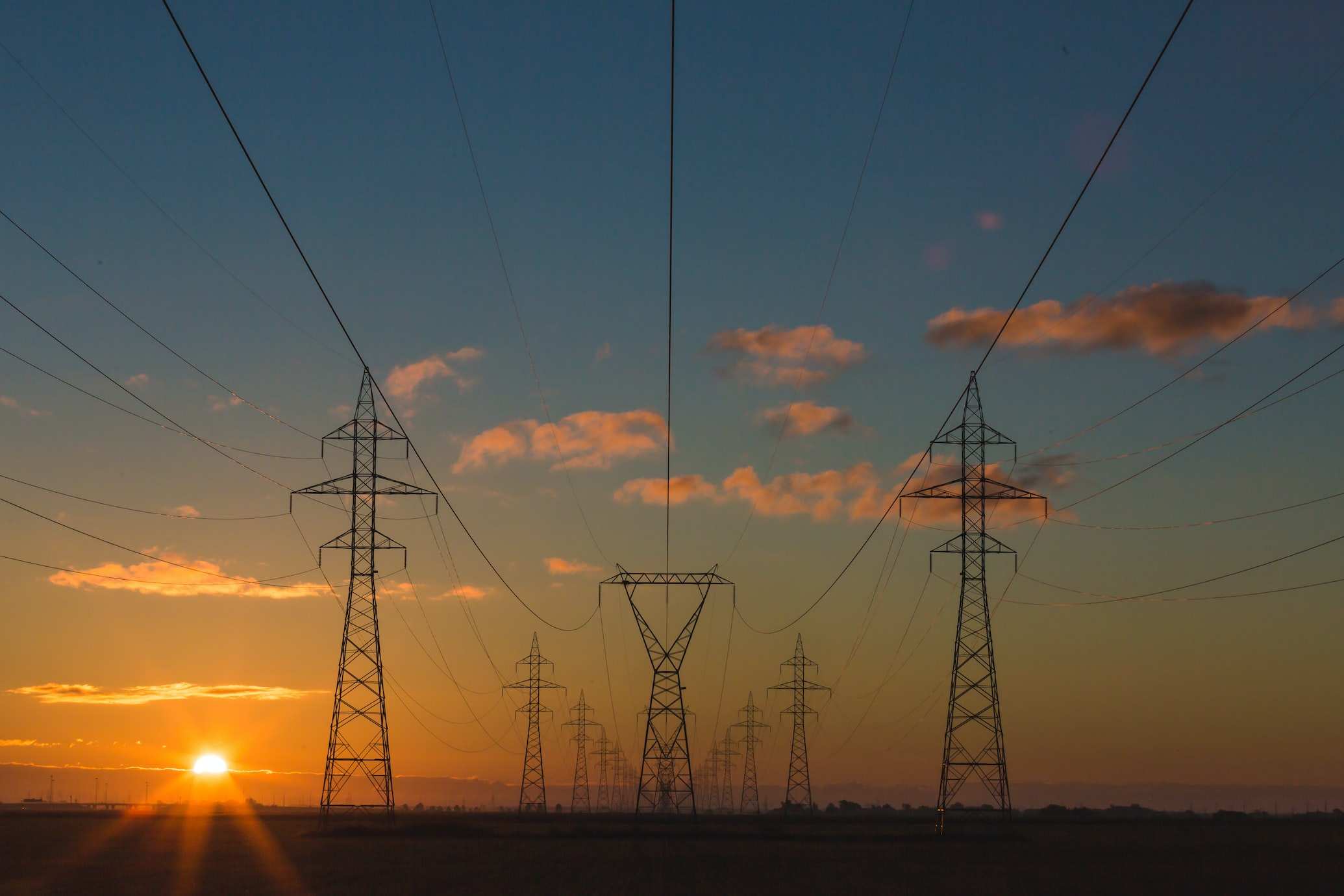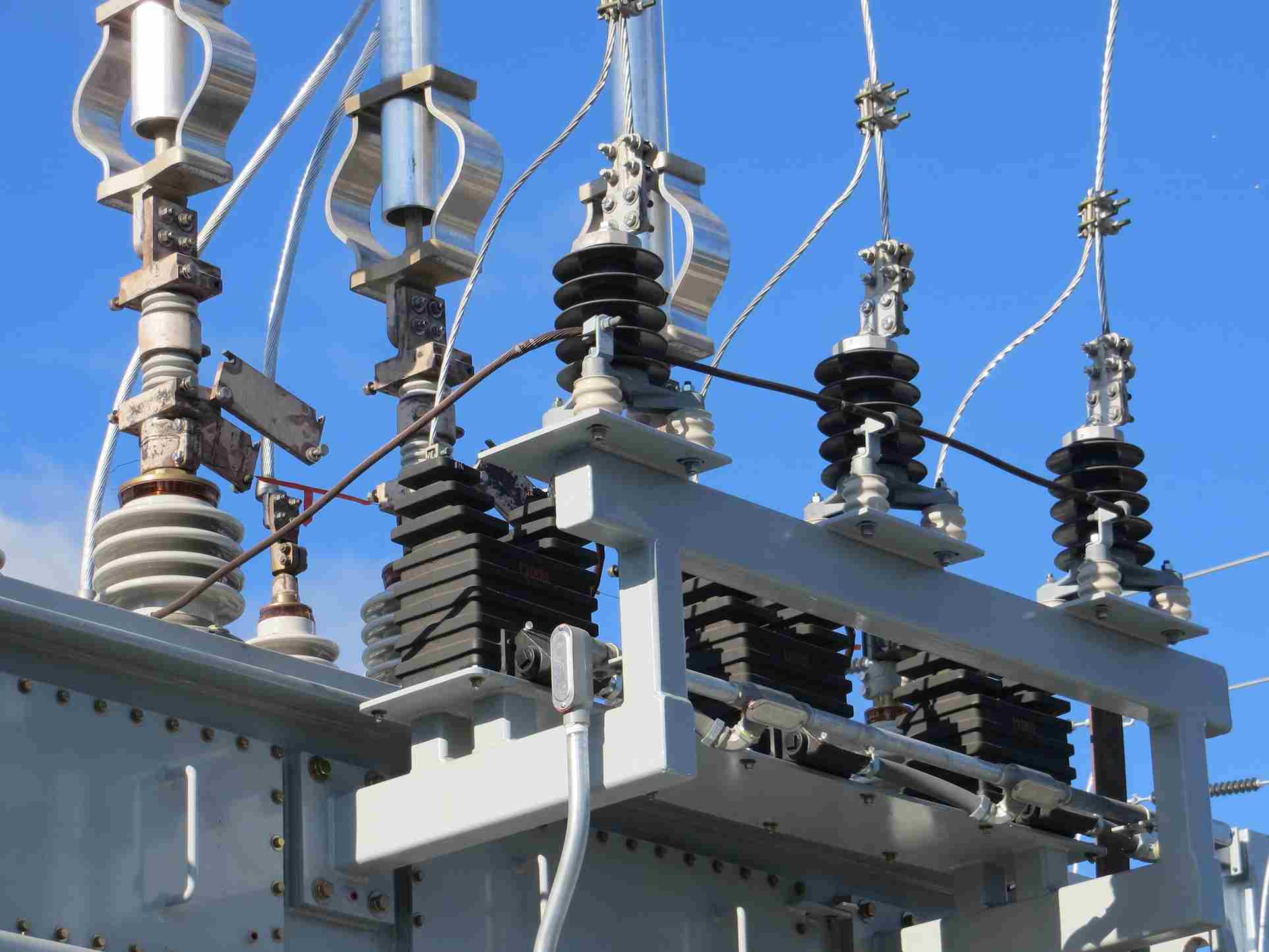

The Philippines has sought to expand its energy industry in the last four decades. The country had a wealth of potential energy sources, and it continues to endeavor self-sufficiency for energy production to this day. The electrification rate in the country soared past 90% for the first time in 2016, with the current rate currently at 94.5%.
However, the electricity sector in the Philippines is mired with challenges. With supply issues and transmission problems causing power shortages in recent years, the electricity sector needs to be strengthened and reformed to keep up with consumers’ demands.
What lies ahead for the future of the Philippines’ electricity sources? How will renewable energy projects fare in the coming years, and how can providers keep up with the increase in demand in the country?

Currently, there are four sectors operating the power system in the Philippines. Power generation is handled by private companies regulated by the Energy Regulatory Commission (ERC), and fossil fuels remain to be the primary sources of electricity. Renewable sources became more cost-efficient for businesses in the Philippines after the Department of Energy (DOE) approved feed-in tariffs for operators. Geothermal, hydroelectric, biomass, wind, and solar power plants operate in the country.
The power transmission sector operates similarly and is also regulated by the ERC. Since 2009, the National Grid Corporation has been operating the national transmission system. There are three grids that account for the transmission of electricity consumption in the Philippines, namely the Luzon, Visayas, and Mindanao grids.
The third sector, power distribution, is also handled by common carrier businesses that require national franchises. There are private distribution utilities and electric cooperatives in charge of the circulation of electricity to end-users. They are also regulated by the ERC. The current largest distribution utility is Meralco, which distributes power to 23 million people, almost a quarter of the entire Philippine population.
The supply sector of the power system is also monitored by the ERC. This includes businesses that produce and supply energy from sources such as fossil fuels and renewables.
Suppliers in the Philippines rely on fossil fuels and coal imports for the majority of the country’s power supply. In the past decade, the Philippines has faced numerous energy shortages due to problems in the Malampaya gas facility, which supplies up to 45% of electricity to the Luzon grid.
In 2001, the Republic Act of the Philippines No. 9136, or the Electric Power Industry Reform Act of 2001 (EPIRA) was passed. This law was meant to implement pro-market reforms to the energy industry. EPIRA was passed to move away from a government monopoly of the power grid, then managed by the National Power Corporation (NAPOCOR), to a competitive market across the sectors.
Fossil fuels remain to be the top source of electricity in the country. The Philippines still finds it costlier to turn to green energy sources now despite hundreds of hydropower, solar, and wind energy projects in the country. Currently, only 26.5% of the country’s electricity capacity is supplied by renewable energy sources.
The renewable energy sector is showing promise in the Philippines. More users are turning to solar energy to reduce the costs of their electric bills, installing solar panels to augment their day-to-day power consumption. This provides opportunities for additional investments to green energy sources, which can make it more accessible to end-users.
More regulatory shifts and investments are needed for renewable energy to thrive and keep up with user demands in the Philippines. As the country begins its transition to a new government administration, these plans may become priorities to ease the load for the current supply sector, while also providing more green energy sources that can help the country.

Leading the Charge: Major Players in SEA’s Digital Lending Market
The fintech lending market in SEA is poised for substantial growth, including digital lending which is set to surpass digital payments as the primary revenue driver for the region's digital financial services sector by 2025, with a compound annual growth rate (CAGR) of 33%. This growth is fueled by the widespread adoption of automated loan origination processes and the seamless integration of financial services into digital platforms.

Unlocking Opportunities in the SEA Digital Financial Services Landscape
In recent years, Southeast Asia (SEA) has emerged as a hotbed for fintech innovation, transforming the financial landscape across its diverse markets. This transformation is characterized by a surge in digital financial services (DFS), revolutionizing how individuals and businesses manage their finances. However, the journey is not without its challenges, and understanding these is crucial for stakeholders aiming to navigate this rapidly evolving sector.

How SEA Startups are Navigating Funding Challenges
The startup ecosystem in Southeast Asia (SEA) has long been a vibrant hub for innovation and growth. However, recent global economic shifts and the aftermath of the COVID-19 pandemic have ushered in a new era of funding challenges.

Challenges for Sustainable Recovery in Southeast Asia
Sustainable recovery in Southeast Asia faces numerous challenges, yet also presents significant opportunities for green growth. Addressing sustainable issues is crucial for achieving a resilient and sustainable future.